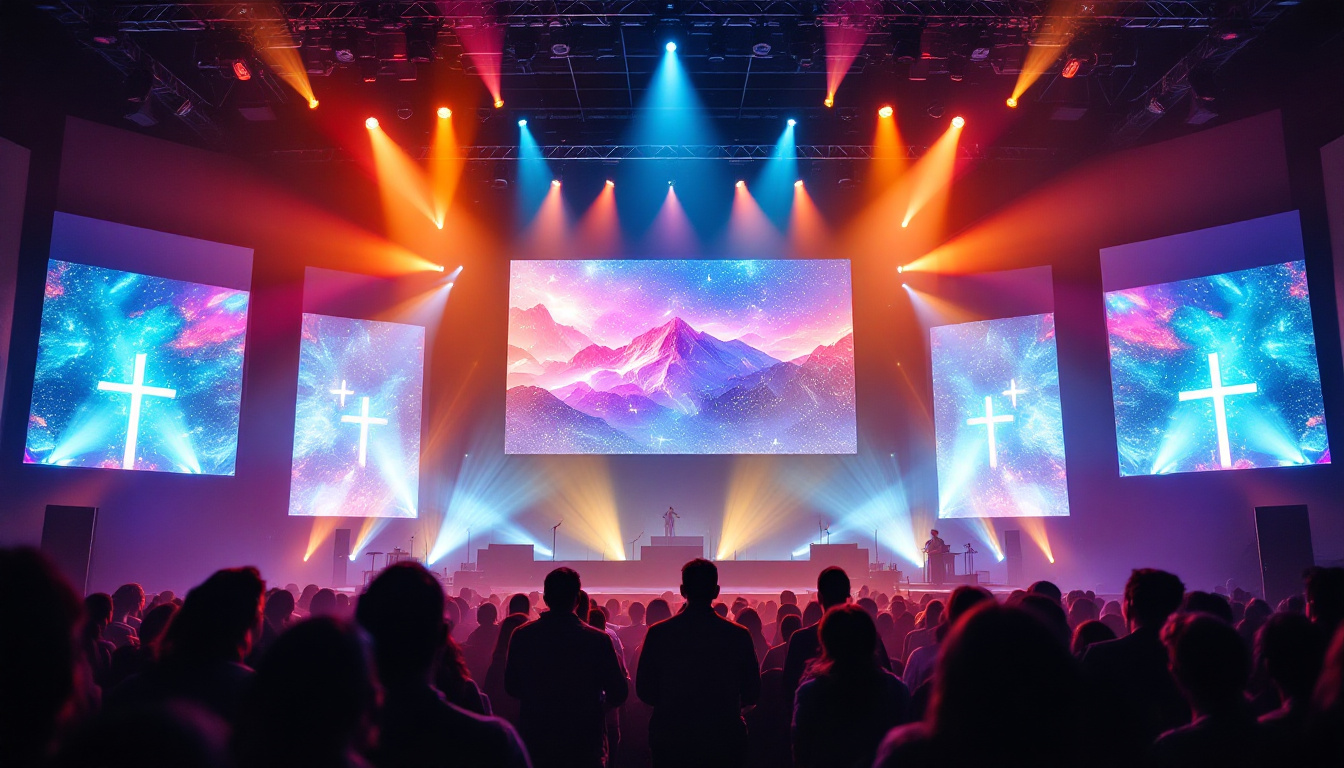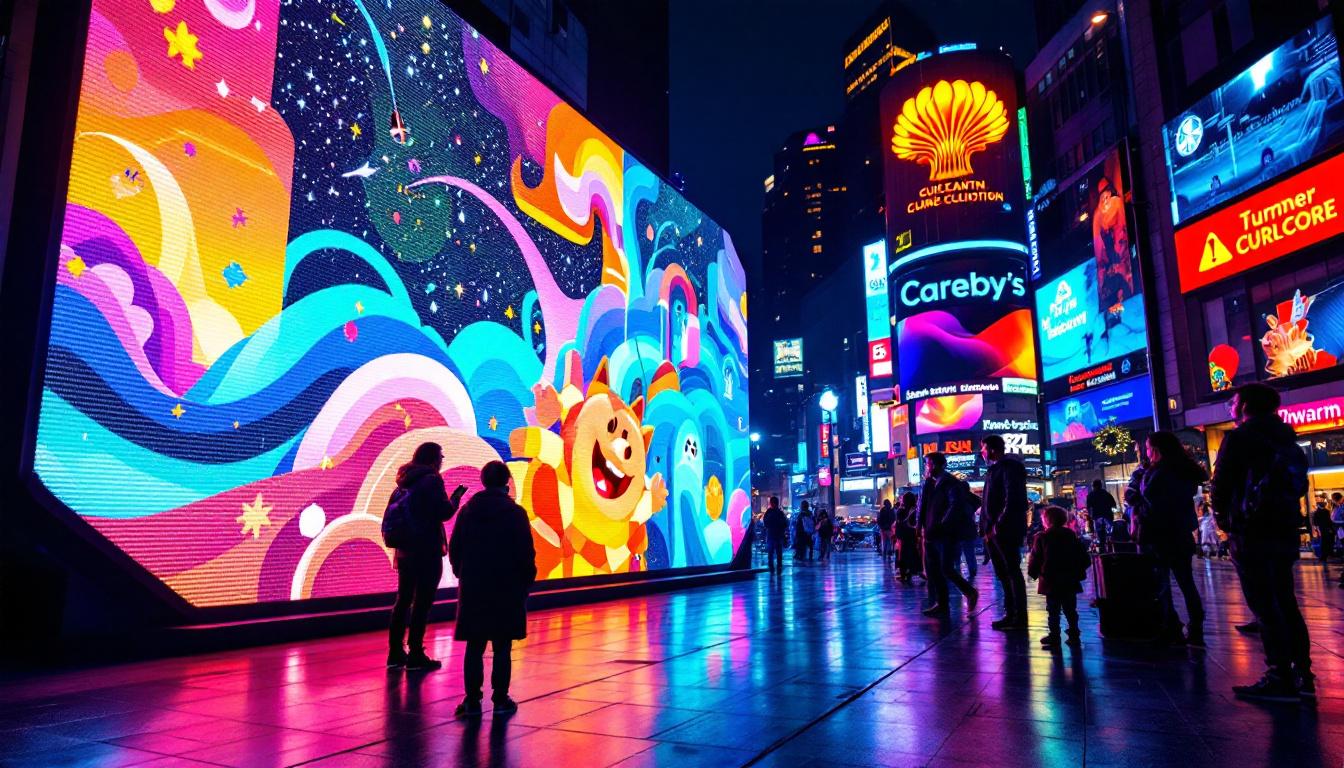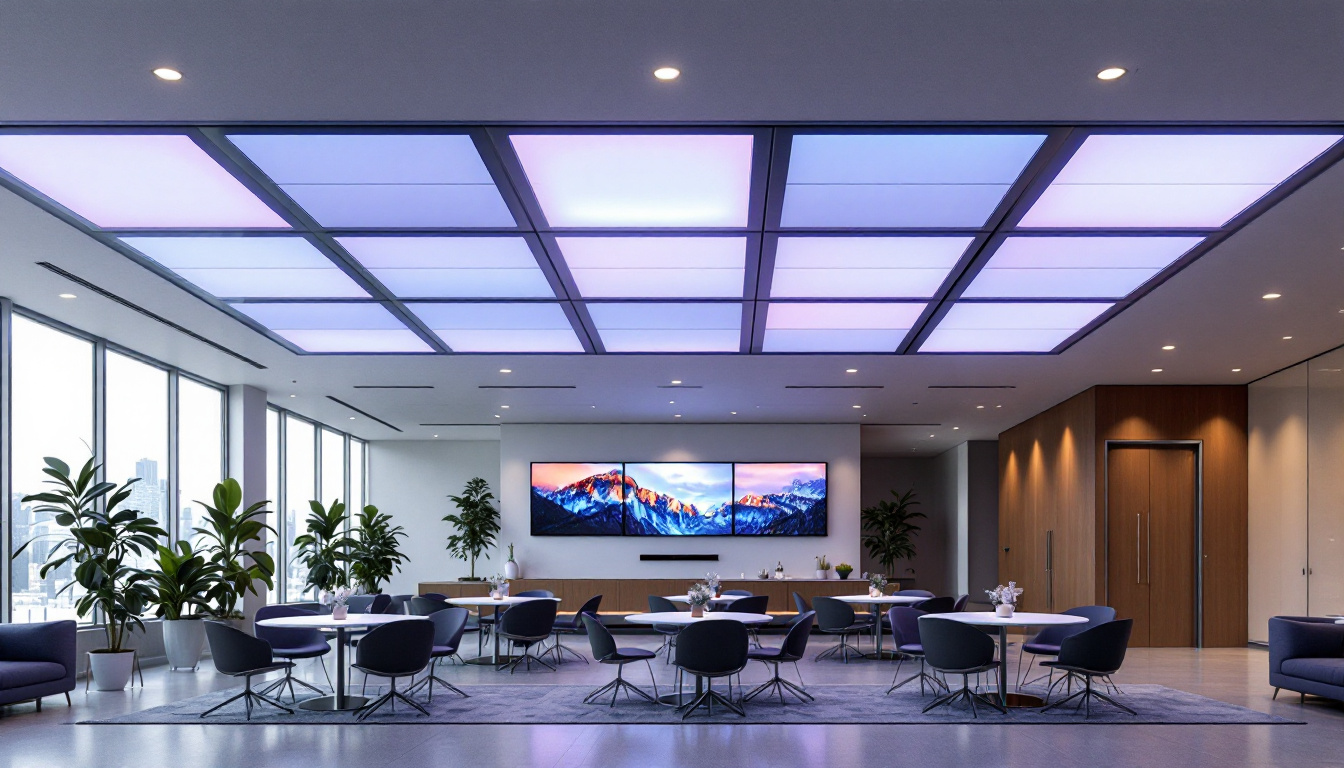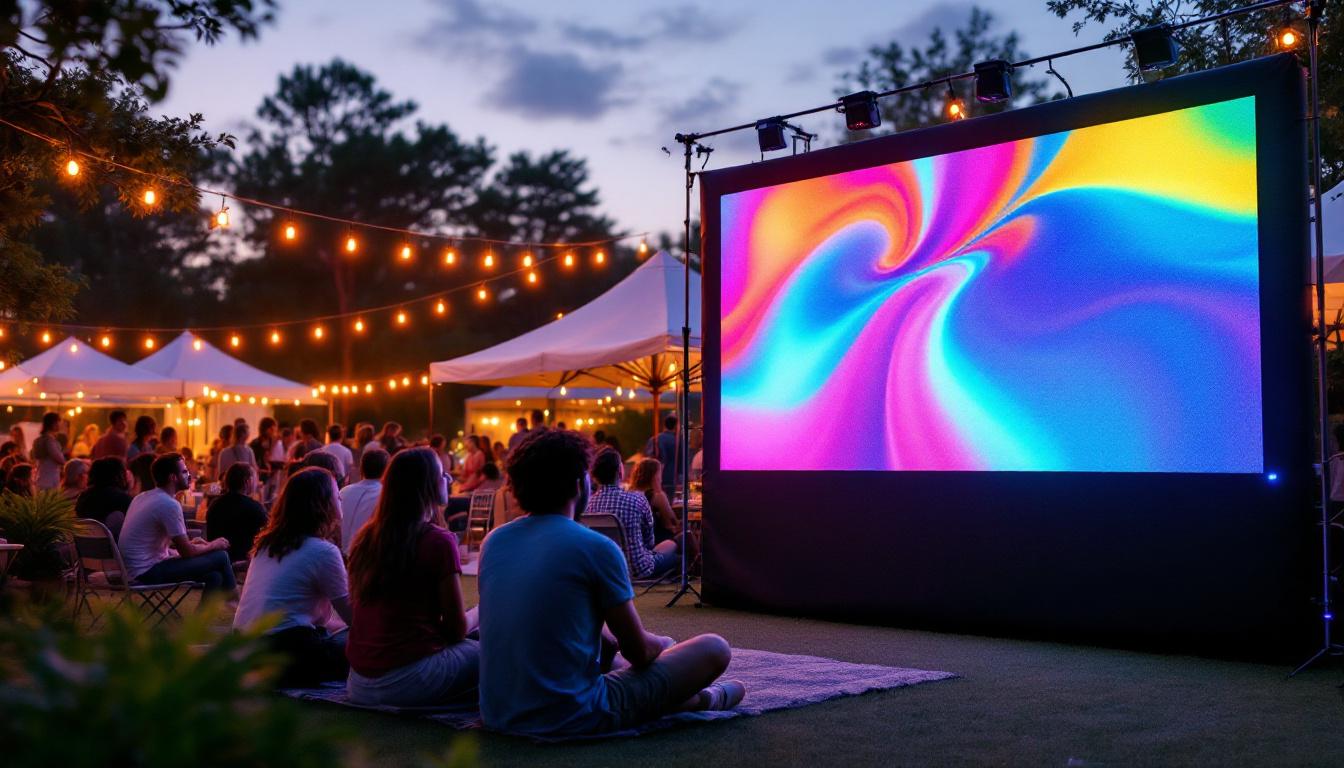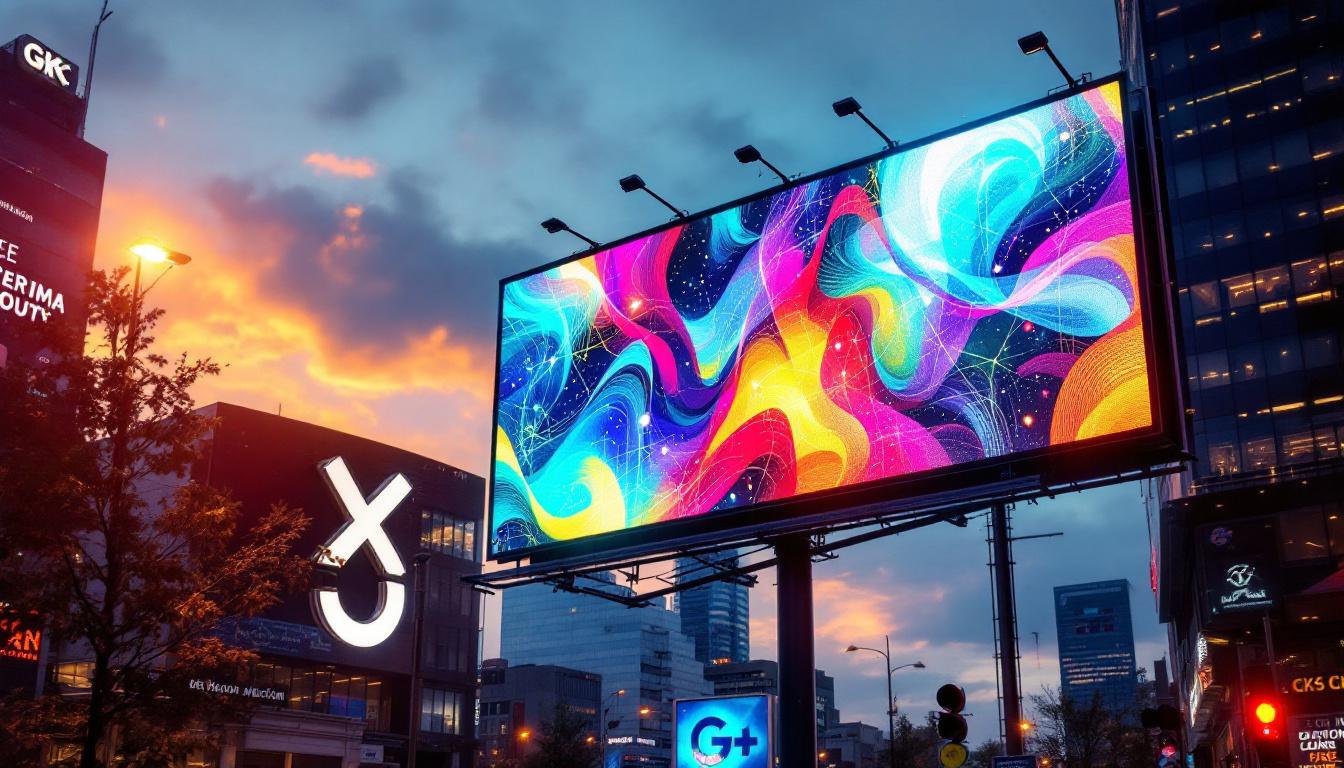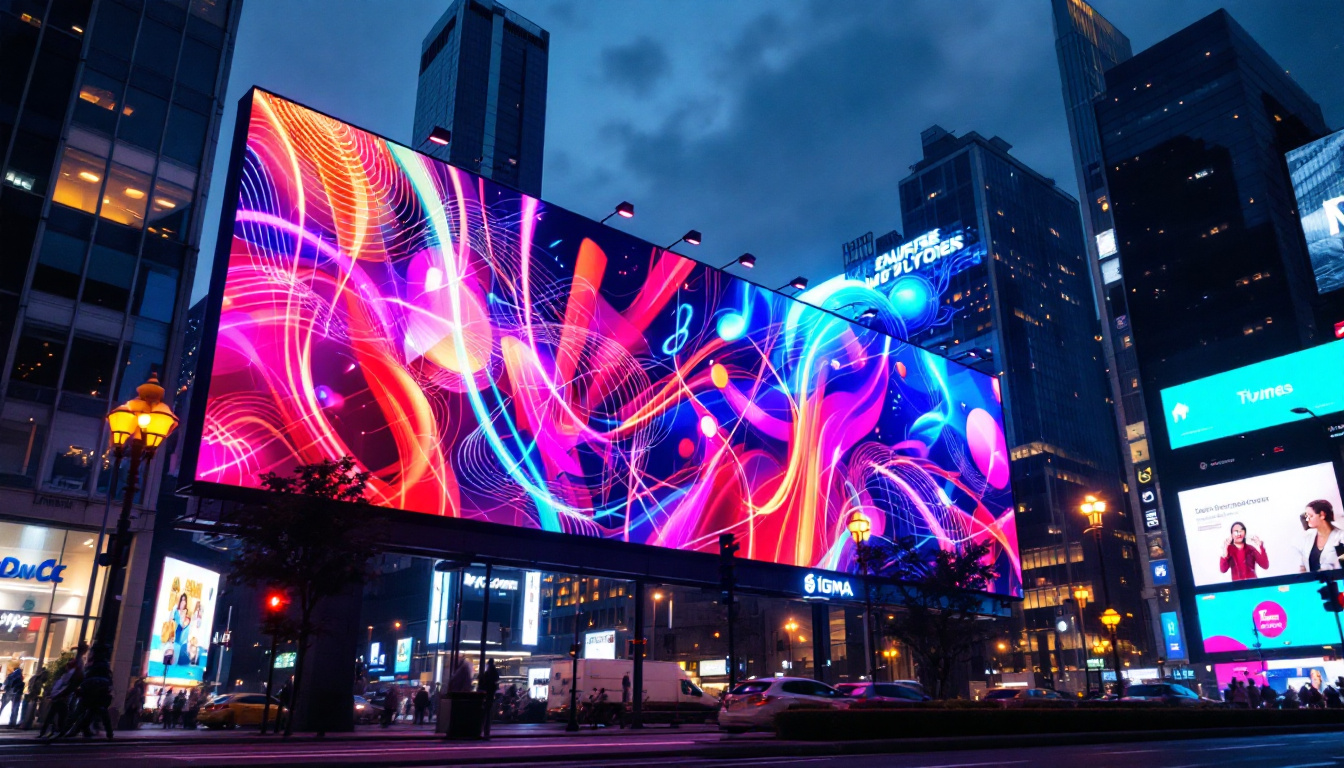In the modern era, churches are evolving to embrace technology in ways that enhance worship experiences and community engagement. One of the most impactful innovations in this regard is the use of LED displays on church stages. These vibrant screens not only serve functional purposes but also create an immersive atmosphere that can significantly elevate the overall worship experience. This article explores various aspects of LED displays in church settings, including their benefits, design ideas, and practical considerations.
The Benefits of LED Displays in Churches
LED displays offer a myriad of advantages that can transform a church stage into a dynamic space for worship and community activities. From visual clarity to versatility, the benefits are compelling.
Enhanced Visual Experience
One of the primary benefits of LED displays is their ability to deliver high-resolution visuals that can captivate an audience. Whether displaying lyrics for congregational singing, sermon notes, or multimedia presentations, LED screens ensure that every detail is clear and visible from any angle in the sanctuary.
Moreover, the brightness of LED displays allows them to be effective in various lighting conditions, making them suitable for both dimly lit environments and bright daylight. This adaptability enhances the overall aesthetic of the church stage, creating an inviting atmosphere for worship. In addition, the vivid colors and sharp contrasts provided by LED technology can evoke emotional responses, enriching the worship experience and helping to convey the message of the service more powerfully.
Versatility in Content Delivery
LED displays are not just limited to static images or text; they can showcase a wide range of content. From video clips and live feeds to animated graphics and social media updates, the possibilities are virtually endless. This versatility allows churches to communicate messages in innovative ways, engaging congregants and keeping their attention throughout services.
Additionally, churches can easily update content to reflect seasonal themes, special events, or sermon series. This flexibility ensures that the stage remains fresh and relevant, encouraging congregational participation and interest. For instance, during holiday seasons, churches can seamlessly transition to festive visuals that enhance the spirit of the occasion, while also integrating announcements and community news, fostering a sense of belonging and connection among members.
Cost-Effectiveness Over Time
While the initial investment in LED technology can be significant, the long-term savings often justify the expense. LED displays are energy-efficient, consuming less power than traditional projection systems. They also have a longer lifespan, reducing the need for frequent replacements or repairs.
Furthermore, the ability to create and modify content in-house can save churches money on external production costs. With the right software and training, church staff can produce high-quality visuals without relying on outside vendors. This not only empowers the church community but also fosters creativity among the staff and volunteers, as they can experiment with different formats and styles to find what resonates best with their audience. By investing in training and resources, churches can cultivate a team skilled in digital content creation, further enhancing their outreach and engagement efforts.
Design Ideas for LED Displays on Church Stages
Incorporating LED displays into a church stage requires thoughtful design to ensure that they complement the overall aesthetic and functionality of the space. Here are some creative ideas to consider.
Integrated Backdrops
One innovative approach is to integrate LED displays into the stage backdrop. This creates a seamless visual experience that enhances the overall design. For example, a large LED wall can serve as a dynamic backdrop that changes with the theme of the service, providing a stunning visual element that captivates the congregation.
Using a combination of fixed and movable LED panels can also create depth and dimension on stage. This allows for different configurations depending on the service type, whether it’s a traditional worship service, a special event, or a community gathering.
Layered Visuals
Layering visuals is another effective design strategy. By combining LED displays with traditional elements such as banners, lighting, and props, churches can create a multi-dimensional stage that draws the eye and enhances the worship experience. For instance, using LED screens to project images or videos behind a physical cross or altar can create a powerful focal point during services.
Additionally, layering allows for dynamic storytelling during sermons or presentations. By changing visuals in real-time, pastors can emphasize key points and maintain congregational engagement throughout the message.
Interactive Elements
Incorporating interactive elements into LED displays can further enhance the worship experience. Touchscreen interfaces or responsive visuals can encourage congregational participation. For example, allowing attendees to submit prayer requests or questions via a touchscreen can foster a sense of community and involvement.
Moreover, integrating social media feeds can create a live dialogue between the church and its congregation, encouraging members to share their thoughts and experiences in real-time. This interaction can help build a stronger sense of community and connection among congregants.
Practical Considerations for Implementing LED Displays
While the benefits and design possibilities of LED displays are exciting, there are practical considerations that churches must address before implementation. These factors can significantly influence the success of the project.
Budgeting and Financing
Establishing a budget is a crucial first step in the planning process. Churches should consider not only the initial costs of purchasing and installing LED displays but also ongoing expenses such as maintenance, software, and training. Exploring financing options, including grants, donations, or fundraising campaigns, can help alleviate the financial burden.
It’s also wise to compare different vendors and products to find the best fit for the church’s needs and budget. Investing in quality equipment may result in higher upfront costs but can lead to significant savings and better performance in the long run.
Technical Setup and Maintenance
Setting up LED displays requires careful planning and technical expertise. Churches should consider hiring professionals for installation to ensure that the displays are set up correctly and safely. Additionally, ongoing maintenance is essential to keep the equipment functioning optimally.
Training staff and volunteers on how to operate the displays is equally important. This includes understanding how to create and modify content, troubleshoot common issues, and perform routine maintenance checks. Investing in training can empower church teams to fully utilize the technology and enhance the worship experience.
Choosing the Right Location
The placement of LED displays on the church stage is crucial for maximizing their impact. Consideration should be given to sightlines, audience engagement, and the overall layout of the stage. Displays should be positioned to ensure visibility from all seating areas, and their size should be proportional to the stage and audience.
Additionally, churches should think about how the displays will interact with other elements on stage, such as lighting and musical instruments. A well-thought-out arrangement can create a cohesive and visually appealing environment that enhances the worship experience.
Case Studies: Successful LED Display Implementations
Many churches have successfully integrated LED displays into their worship environments, showcasing the potential of this technology. Here are a few examples of innovative implementations.
Community Engagement through Visual Storytelling
A church in a metropolitan area transformed its stage by installing a large LED wall that serves as a canvas for storytelling. During services, the screen displays powerful visuals that complement the sermon, often featuring images of community outreach efforts, testimonials, and mission work. This not only enhances the message but also fosters a sense of connection among congregants.
By integrating video testimonials from church members, the church effectively engages its audience, making the worship experience more relatable and impactful. This approach has led to increased participation in community events and a stronger sense of belonging among congregants.
Dynamic Worship Experiences
Another church leveraged LED displays to create dynamic worship experiences. By using multiple screens positioned at various angles, they were able to create a visually immersive environment. During worship services, the screens display synchronized visuals that enhance music and lyrics, creating a multisensory experience for attendees.
Additionally, the church utilizes the displays for special events, such as holiday services and community gatherings, further cementing the role of technology in their worship practices. This adaptability has made the church a hub for community engagement and outreach.
Interactive Worship and Feedback
A church in a suburban area implemented interactive LED displays that allow congregants to submit prayer requests and questions during services. The displays show real-time responses, creating a dialogue between the pastor and the congregation. This interactive element has led to increased engagement and participation, as members feel more connected to the service.
The church also uses the displays to share live updates on community events and initiatives, fostering a sense of belonging and encouraging congregants to get involved. This innovative approach has transformed the worship experience, making it more inclusive and participatory.
Conclusion
LED displays have the potential to revolutionize the way churches engage with their congregations and enhance worship experiences. By providing an enhanced visual experience, versatile content delivery, and innovative design ideas, these displays can create a dynamic and immersive environment that resonates with attendees.
However, successful implementation requires careful consideration of budgeting, technical setup, and placement. By learning from the experiences of other churches and remaining open to new ideas, congregations can harness the power of LED technology to foster a deeper sense of community and connection in their worship practices.
As churches continue to evolve and adapt to the needs of their congregations, embracing technology like LED displays will undoubtedly play a crucial role in shaping the future of worship. With thoughtful planning and execution, the possibilities are limitless.
Discover LumenMatrix LED Display Solutions for Your Church
Ready to transform your church stage with the dynamic and immersive LED technology discussed in this article? LumenMatrix, a leader in LED display innovation, offers a wide array of solutions tailored to enhance worship experiences. From Indoor and Outdoor LED Wall Displays to Custom and All-in-One LED Displays, our products are designed to captivate your congregation and bring your services to life. Embrace the future of visual communication in worship with LumenMatrix. Check out LumenMatrix LED Display Solutions today and take the first step towards a more engaging and connected worship environment.

